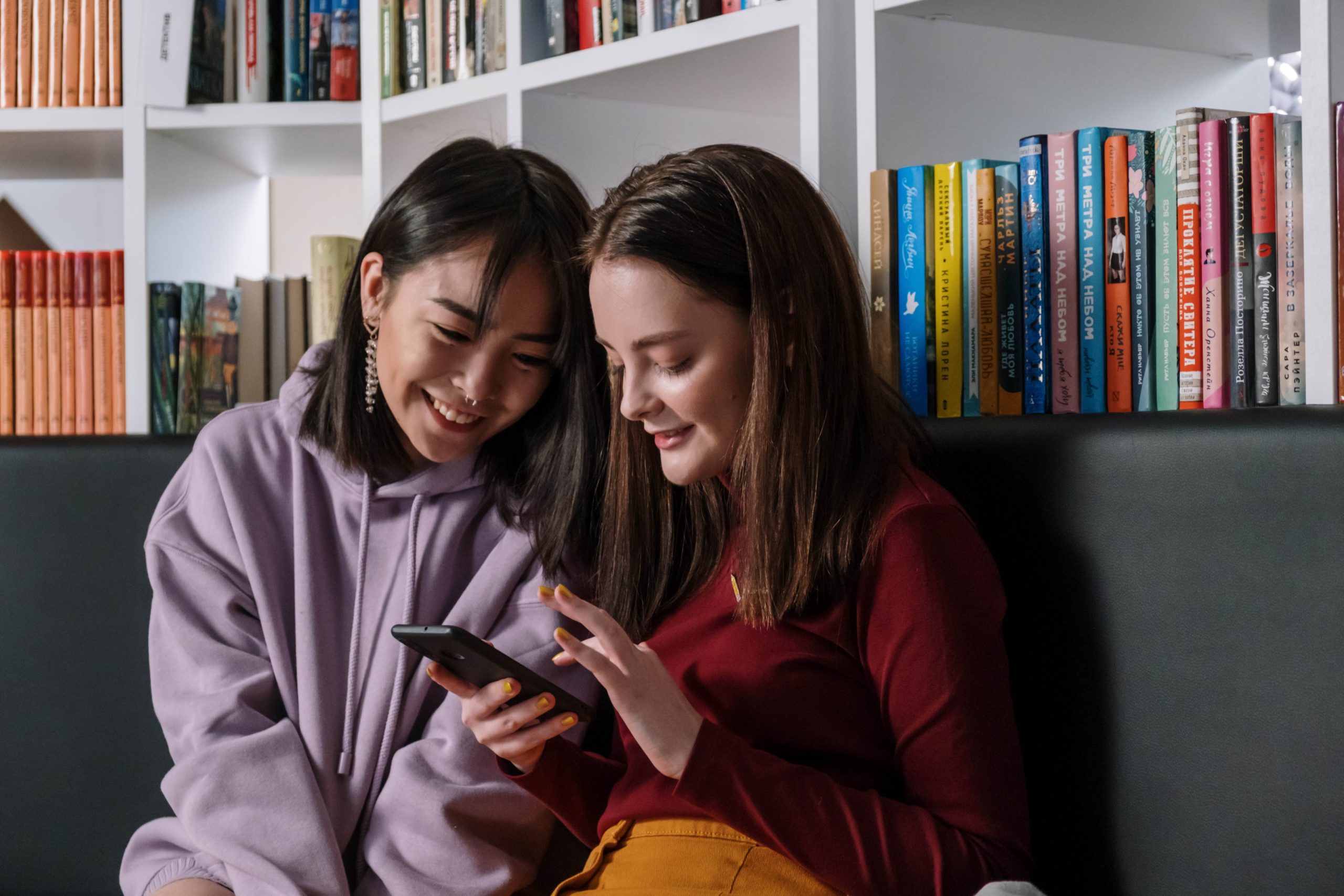
What If Our Kids Could Manage Their Own Screen Time
By Andrew McPeak
Today’s blog is an excerpt from the upcoming book, “Ready for Real Life.” Be on the lookout for the upcoming pre-order of “Ready for Real Life” coming soon.
A few years ago, I read a quote in a parenting magazine where a concerned author and parent voiced the fear that many parents have about the emergence of new technologies:
“Here is a device,” they wrote, “whose voice is everywhere. We may question the quality of its offering for our children, we may approve or deplore its entertainments and enchantments; but we are powerless to shut it out . . . it comes into our very homes and captures our children before our very eyes.”
So, what is the device the author is so concerned about? It was the radio — a device whose growth rate in the early twentieth century rivaled even the adoption rate of the smartphone in the 2010s. Media outlets of the era were at the height of concern:
A New York Times piece considered whether listening to the radio too much would harm children and lead to illnesses because the body needed “repose” and could not “be kept up at the jazz rate forever.”
Concerns voiced by the Director of the Child Study Association of America noted how radio was worse than any media that came before because “no locks will keep this intruder out, nor can parents shift their children away from it.”
It’s easy from our vantage point for quotes like these about a device so benign to seem silly, right? I mean, all of this panic… about the radio? But could not any of these quotes, with the change of a few simple words, begin to sound like the moral panic today around screen time?
We Need a Better Solution to Screen Time
Not long ago, I was leading a question-and-answer time with a group of parents from a small-town community. Those concerned parents of TikTok-addicted students asked me about all kinds of solutions they wanted me to endorse for use in their home. Some wanted to ban their kids from devices; others wanted to install devices that shut down the Wi-Fi or blocked significant portions of the internet. While there are certainly times and places for these types of actions, I disappointed many a parent that day with my answer: blocking screens and social media cannot be our primary approach.
“If students are going to recognize for themselves,” I argued that day, “that the cycle of positive and negative reinforcement on social media platforms isn’t conducive to an overall happy life, they are going to have to do it through the development of their own life skills.”
If our goal is to help our students better manage their screen time, we don’t need a technology intervention; we need a life-skill revolution. We cannot hand them a better relationship with technology. They must chart their own course to better choices online.
Our Students Need A Map
So, let’s imagine that your students were about to go on a multi-day hike in the woods all on their own (no adults allowed). The natural inclination you might have as their leader and mentor is to grab a map and plot out the exact route and timing of the trip. You’d choose the path, the stopping points, and the campsites. This sounds like a good idea, until you think about it.
What happens if the students are slower than your plan? What if the path is obstructed and they must go around? Or worst of all, what happens if they get lost? If you’ve done all the planning, then they aren’t actually prepared for the journey. On a hiking trip, as in real life, the people going on the journey must be the ones to plot out the path. They must choose the destination and how they will get there.
This is the most important truth of how we can best prepare our students to navigate all the challenging choices of adulthood coming their way: we can’t do it for them. And the longer we try to do it for them, the greater risk we run of them failing to learn how to navigate until they are already on the trail.
In the language of “soft skills” that I use in my new book, Ready for Real Life, learning how to manage our own time and direct our own choices is a skill called “self-management.”
Building our student’s self-management skill is just like preparing them for their wilderness adventure.
- We start by asking: Where are you now?
- Then we ask: Where would you like to go?
- Next: What is the best path to get there?
- Finally: Are you currently on that path, or do you need to make a change?
In answering these questions, a student will be forced to reckon with how they are spending their time and whether or not they are using their time wisely.
A Great Way to Begin: Directive Barriers
One great strategy for beginning to build self-management in students is to control the access and anonymity of their screens with something I call “directive barriers.” Like the curtain in a BlockBuster video store blocking youth from distasteful titles, directive barriers are social boundaries that encourage young people to think twice before clicking.
Here are five types of “directive barriers” you can use today.
1.Communal Accountability — Communal accountability is accomplished by ensuring consumption decisions aren’t made in private spaces. At home, kids should do their fun or school computing in daylight hours and/or general family areas. At school, computer labs should design layouts to make sure someone is always behind the kid in front of the screen.
2. Social Contracts — A social contract is an eighteenth-century idea contrived by John Locke, the famous American philosopher. You can initiate your own social contract by asking students: “What kind of classroom do you want this to have this year?” Together, create a list of classroom expectations and values like “respect” and “kindness.” Finally, have students establish consequences if these social expectations are broken. Throughout the semester, both you and your students can simply hold one another accountable to the rules and accomplishments you created together — it’s a social contract.
3. Positive Exposure — When we try to impose our rules, goals, or opinions on our students, they are unlikely to adopt them. This is why a simple strategy to direct your students is to expose them to positive models of the kind of behavior you’d like to see. Once students are exposed to these role models, the behavior will be normalized for them. When I speak, I do this by telling students stories or showing them videos of students around their age who made positive choices.
4. Curated Content — Like a movie or museum, linear curated experiences are directive barriers that keep us focused and moving toward a productive, positive, and well-thought-out end. The best “curated experiences” are designed by trusted experts instead of anonymous influencers on the internet. Parents and teachers should encourage reading and push kids toward online experiences that are well designed and lead to positive outcomes.
5. Social Experiences — In socializing experiences like a movie theater, a Broadway show, or even around the family television, we naturally learn from the group what to laugh at, cry at, and be upset about. Today, media consumption often happens alone, allowing each of us to consume content without the accompanying social cues. Parents and teachers should create opportunities for group media experiences like family movie nights, or playing social games and cooperative video games.
Better use of our screen time starts not when we take away phones, block websites, or shutdown distractions. It comes when we teach students how to manage these distractions without us — when we hand them a map and empower them to take charge. Along the way, they will learn to say “no” to themselves, not because we said so, but because they know there is a better choice to be made. If we want to better manage screen time, building self-management skills in our students is our best chance for success.
This blog was an excerpt from Andrew McPeak’s upcoming book: “Ready for Real Life.” “Ready for Real Life” defines the five core soft skills all students need. Using compelling stories and practical ideas, this book shows how these five skills, though timeless in human history, are still relevant in the 21st century. The pre-order for “Ready for Real Life” will be launching soon.






